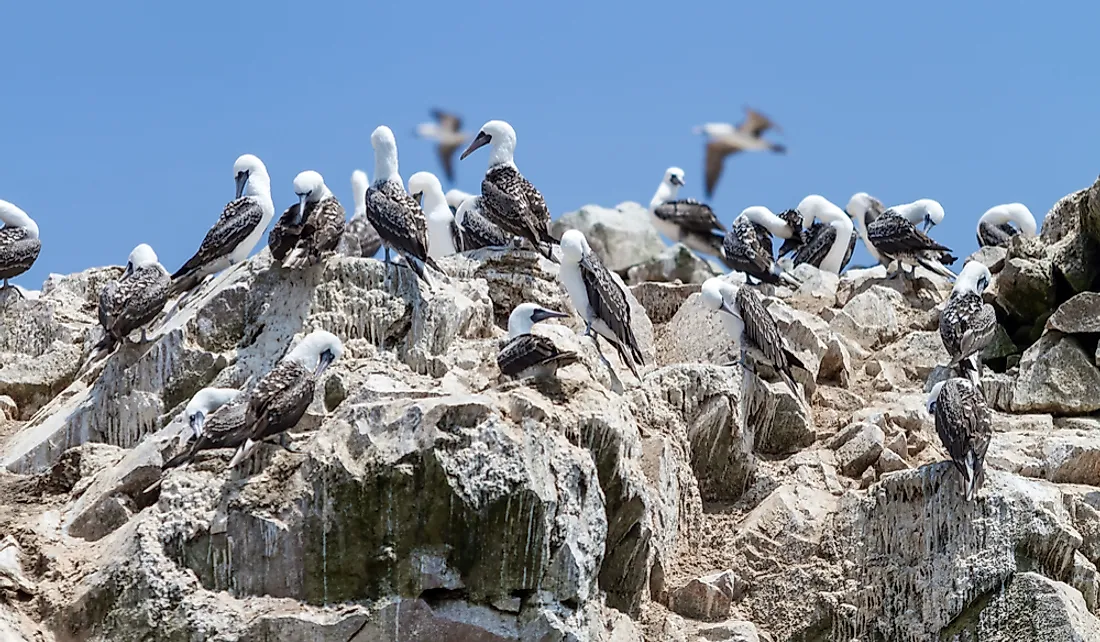What Is Guano?

Guano is the accumulated fecal excrement of bats and seabirds. It is an effective fertilizer with a high content of potassium, phosphate, and nitrates that are essential for the growth and development of plants. In the past, the excrement was used to manufacture gunpowder and explosive materials. Throughout the 19th century, guano played a vital role in the development of farming, but demand declined after the discovery of synthetic fertilizers. The guano trade led to the exploration and colonization of isolated bird islands in several parts of the globe.
Sourcing Guano
Bird guano is found in dry climate away from rainfall and moisture that leaches nitrogen and ammonia. However, the best guano is produced by marine birds along the east coast of the South Atlantic Ocean and the Pacific Ocean. Bat guano is mined in caves, but the process of extracting the manure is associated with diminishing biodiversity as the waste provides nutrition for bat-residing invertebrates. In addition, guano deposits store paleoclimatic records of environmental changes over thousands of years that cannot be recovered once disturbed.
Guano In Peru
By the 1830s, American ships were already mining guano from Chincha Islands off the coast of Peru. The large population of guanay cormorants, pelicans, and boobies had deposited about 200 feet of guano over a vast area. The Peruvian guano became a favorite fertilizer in the United States and led to the exploration of similar islands in the Caribbean and the Pacific but the guano found was of low quality due to the degradation of nitrates by moisture.
The Guano Trade
The high demand for guano in the United States prompted businessmen to rush to South American islands in search of the product. Ships sailing the dangerous waters of Cape Horn risked capsizing in the intense waves while sailors suffered from seasickness and tropical diseases. The locals disagreed on the prices and ownership of the islands as corporations began privatizing sections of the islands to deter others from accessing and mining guano. Ammonia and nitrogen exposed sailors and miners to hazardous levels of toxic fumes.
Contribution To Agriculture
Farmers in the United States realized that guano was a better fertilizer that significantly increased production than cattle manure. Word quickly spread around North America, and despite the high prices imposed by the Peruvian government, demand continued to rise. The trade became a critical component of agriculture that President Millard Fillmore vowed to engage the Peruvian government in talks over the prices of the product.











